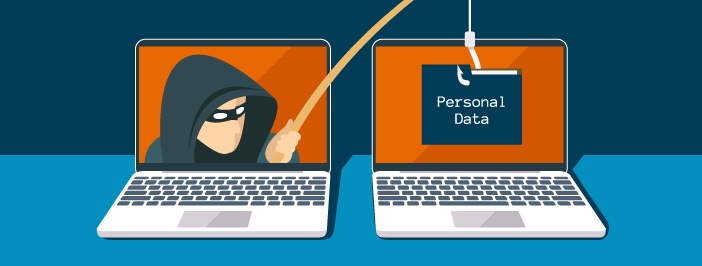Our research focuses on not only analyzing the current threats, but also the threat trends that we identify. This year we have seven key trends we’re watching closely.
- Sophisticated Ransomware and Data Theft: Ransomware has continued to be a dominant threat, with a notable shift towards data theft over mere data encryption. This shift is driven by the potential for higher payouts and allows cybercriminals to exert more pressure on victims. Groups like CL0P, BianLian, Avos, BlackCat, Hunters International, and Rhysida have been particularly active in this area.
- Use of Artificial Intelligence in Cyber Attacks: AI is increasingly being used by cybercriminals to automate and personalize phishing campaigns, generate deep fakes, and even learn from successful attacks. This necessitates a corresponding advancement in AI-driven defense mechanisms.
- IoT and Industrial IoT Vulnerabilities: The growing ubiquity of IoT devices, coupled with often limited security, has made them attractive targets for cybercriminals. Attacks have evolved to include techniques like exploiting supply chain vulnerabilities and compromising firmware updates.
- State-Sponsored Cyber Attacks: Nation-state actors have become more prominent in using cyberattacks to achieve political and strategic goals. These attacks have targeted critical infrastructure, stolen sensitive information, and disrupted essential services. In 2023, there was a notable increase in state-sponsored cyber criminal activity linked to countries like North Korea and Russia.
- Major Cyber Attacks of 2023: Some of the significant attacks in 2023 included the Guardian Attack, Toronto SickKids ransomware incident, Royal Mail Ransomware attack, and the attack on the UK Electoral Commission, among others. These attacks highlighted the continuous innovation and adaptability of cybercriminals.
- Rise of Hacktivism: Hacktivism, especially related to geopolitical tensions, has become more prevalent. Pro-Russia hacktivism, for example, has made a significant impact on the cyber-threat landscape. Groups like “Anonymous Sudan” and “NoName057(16)” have been particularly active, targeting high-profile organizations and supporting political interests.
- Emergence of Deepfake Threats and Cyber Warfare: The rise of deepfake technology and evolving cyber warfare strategies are expected to present new challenges, requiring heightened vigilance and adaptive defense measures
We believe that across business, non-profits and government there is a growing need for more robust security, both for digital infrastructure as well as the people that our organizations rely on. Our approach combines identifying threats and protecting your systems, networks, cloud presence with training your employees and management to be prepared to make the best decisions possible to mitigate risk.
Contact us today for a free consultation about how we can help.

